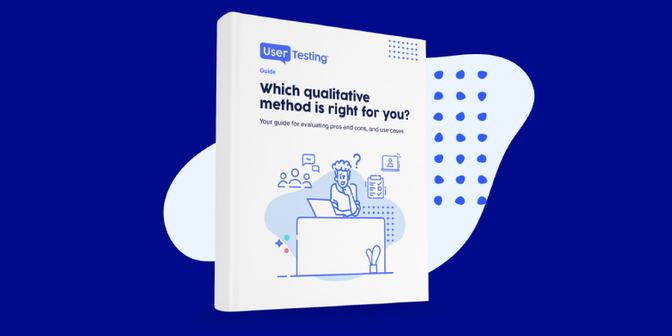
Guide
Which qualitative method is right for you?
Have you ever felt like quantitative research methods like surveys don’t paint the full picture when it comes to your customers' wants and needs?
Qualitative methods such as moderated and unmoderated usability testing can provide more color and context for the customer journey. These strategies uncover unique insights into nuanced human experiences, empowering teams to better understand the why behind customer preferences and behaviors.
In this guide, you’ll learn the pros and cons of various qualitative research methods and how to choose the right method. This is a great resource for professionals looking to add qualitative data to their existing quantitative data to learn more about their customers.
Get your guide
